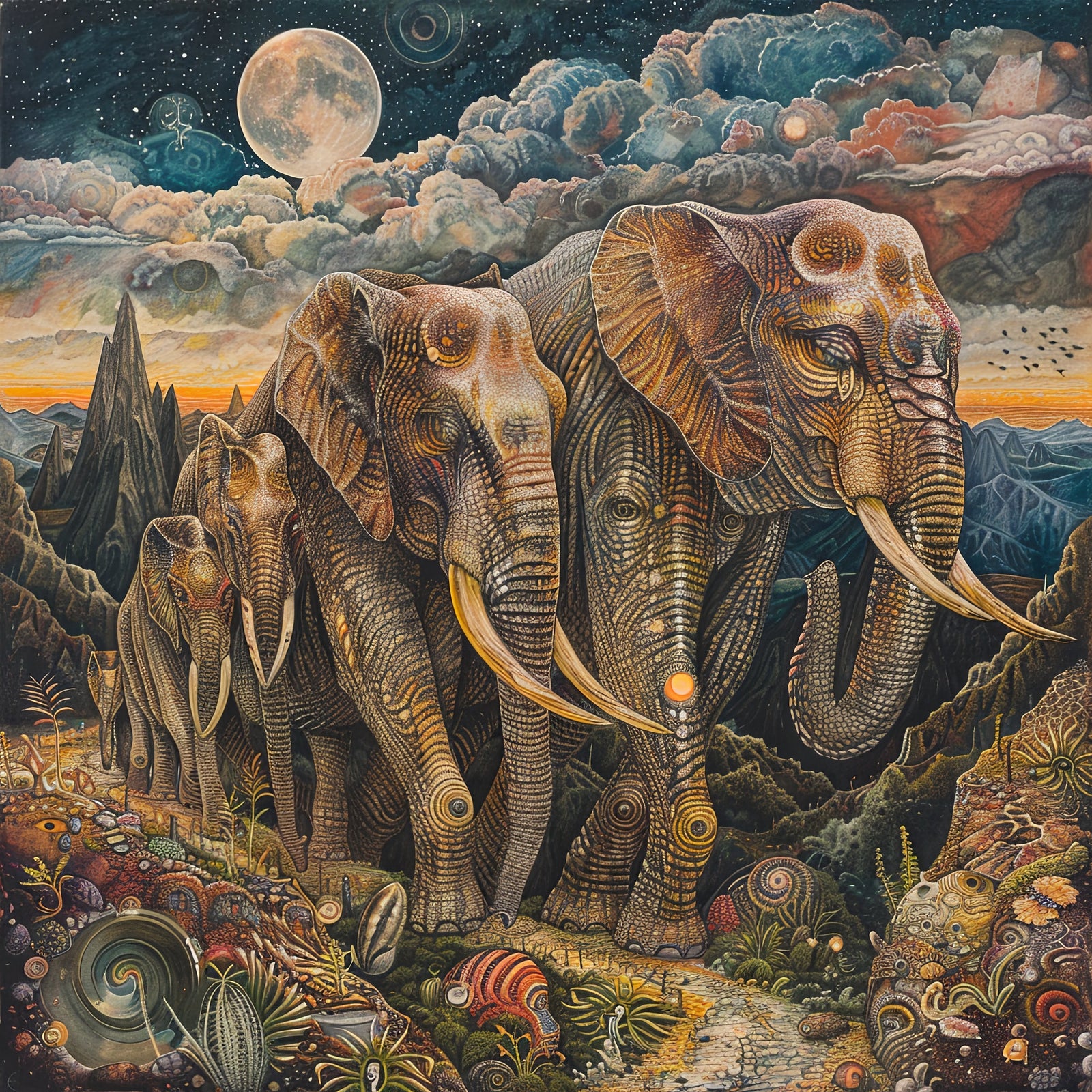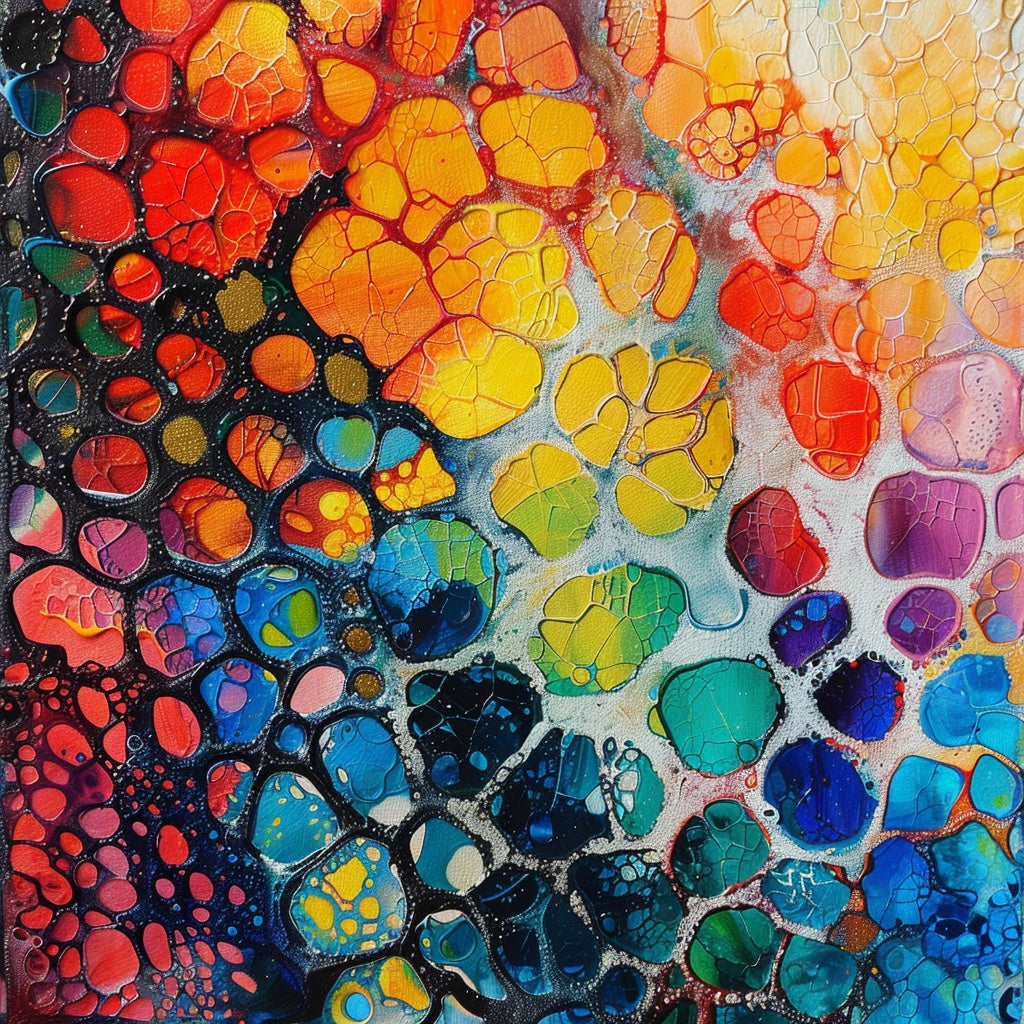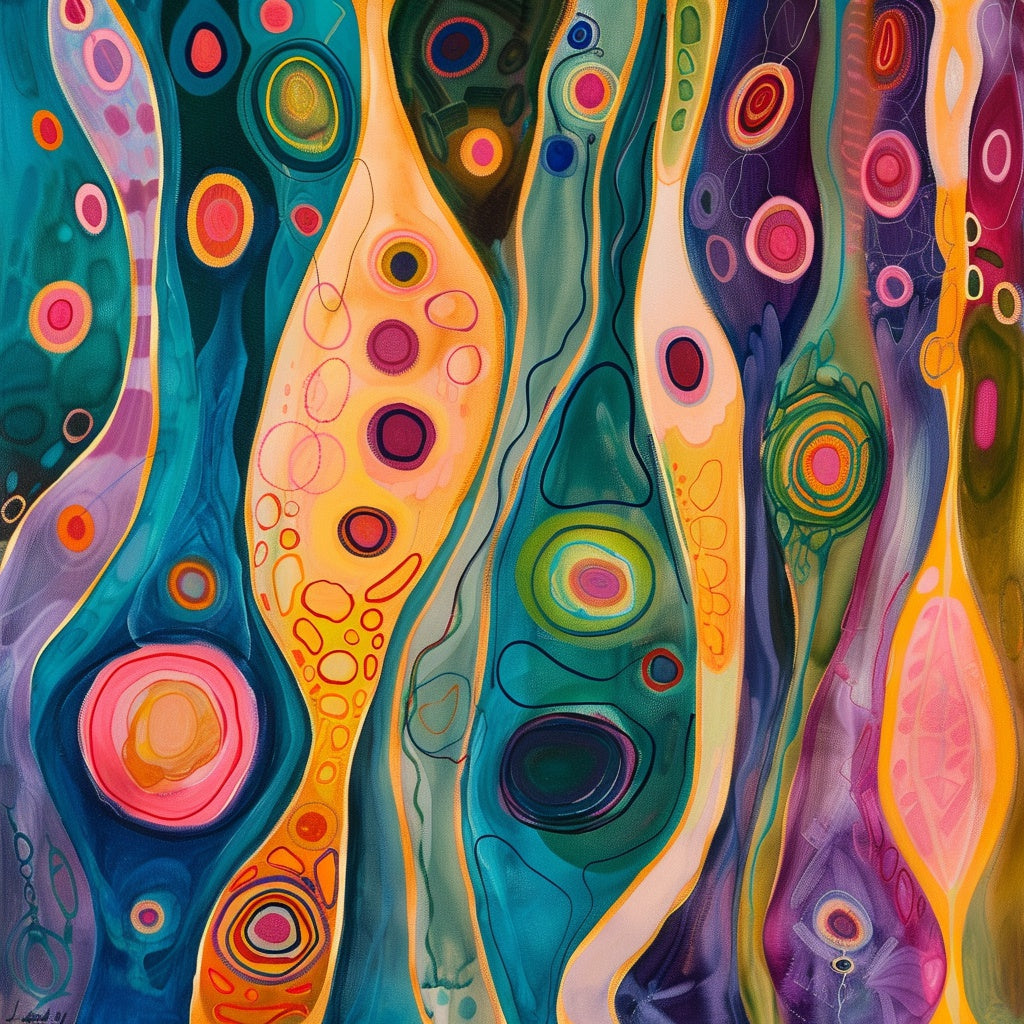AI Image Generation: A Deep Dive into Techniques, Applications, and the Future
Introduction
Technology has consistently transformed art, from the invention of the camera to digital art, and now, AI image generation is the newest wave of innovation. AI can generate images from scratch, using models like diffusion models and Generative Adversarial Networks (GANs), and also transform existing photos into art. This creates a partnership between human creativity and artificial intelligence that pushes the boundaries of artistic expression. A recent study explored this intersection of technology and creativity, focusing on how AI can generate realistic, high-quality images using cutting-edge algorithms and diverse datasets. This technology can revolutionize various fields, including art, design, and multimedia. AI image generation is a collaborative process between humans and machines, where users provide an image and instructions, or a 'prompt,' to guide the AI in generating a new image. The AI uses its learned knowledge from massive datasets to analyze the input image and develop a new image based on the user's input and training data. This process involves various techniques, each with its own strengths and weaknesses.
Key Techniques in AI Image Generation
Several key techniques drive AI image generation from photographs: Generative Adversarial Networks (GANs), Variational Autoencoders (VAEs), Diffusion Models, and Neural Style Transfer (NST).
GAN Architectures for Specific Tasks
Generative Adversarial Networks (GANs) are a type of AI model that can create realistic and high-quality images. GANs use two neural networks, a generator and a discriminator, which work together in a competitive framework. The generator creates images from random noise, indistinguishable from accurate data. At the same time, the discriminator acts as a judge, evaluating if an image is real or fake. This adversarial process is like a continuous game where the generator tries to fool the discriminator, and the discriminator learns to identify the fakes, improving both networks and generating diverse images. GANs can generate images from scratch, create 3D models from 2D data, and improve image quality. Different types of GANs include:
- Vanilla GANs: These are basic models that generate data variations with limited feedback from the discriminator.
- Conditional GANs (cGANs): These allow for targeted data generation by providing additional information to the generator and discriminator, like class labels.
- Deep Convolutional GANs (DCGANs): These use convolutional neural networks (CNNs) to improve their ability to process and generate image data.
GANs are versatile, with architectures tailored for specific tasks:
- Deep Convolution GANs: Designed for image generation, using Convolution2DTranspose layers to upscale the input and create detailed images.
- SRGANs (Super-Resolution GANs): Used to enhance image resolution, generating high-resolution images from low-resolution inputs.
- CycleGANs: Used for unpaired image-to-image translation, like turning photos into paintings.
- StackGANs: Used for text-to-image synthesis, generating images from textual descriptions.
Variational Autoencoders (VAEs) are another type of generative model that creates new images from existing ones by encoding an image into a lower-dimensional representation called the latent space and then decoding it back into an image. This process allows VAEs to learn the underlying structure of the input data and generate new images that share similar characteristics. VAEs are good at capturing the essential information of an image and developing variations, but the generated images may lack fine details or appear blurry because of the compression involved in the process.
Diffusion Models
Diffusion models are a newer type of generative model that are known for their ability to generate high-quality images. They gradually add Gaussian noise to an image until it becomes pure noise, and then the model learns to reverse this process, denoising the image step by step to generate a new image from the noise. This process allows diffusion models to capture the underlying structure of the data and create images with fine details and sharp features. Diffusion models are easier to train than GANs and can achieve good results with less data. They are also more versatile and can generate images from various domains, including natural, medical, and artistic images. Popular diffusion models include:
- DALL-E 2: Known for generating detailed and creative images from text descriptions.
- Imagen: Excels in generating high-quality images from text.
- Stable Diffusion: An open-source model known for its efficiency in converting text prompts into realistic images.
- Midjourney: A diffusion-based model popular for its expressive style and artistic image generation capabilities.
Neural Style Transfer (NST)
Neural Style Transfer (NST) is a technique that applies the artistic style of one image to another by extracting the style features from one image and the content features from another and combining them. For example, you can take a photograph and apply the style of Van Gogh's "Starry Night" to create a unique portrait. NST has become a popular method for transforming photos into art.
Applications of AI Image Generation
The applications of AI image generation are vast. They include creating photorealistic images for video games and movies, generating personalized fashion designs, art, and even food. AI image generation streamlines the content creation, allowing creators to produce a wide range of visuals. In film and animation, AI-generated visuals help create realistic characters, scenes, and special effects. It also transforms medical imaging by improving diagnostic accuracy and efficiency. AI models can generate high-resolution images from low-quality scans, help reconstruct 3D models from 2D images, and enhance images to highlight critical areas for diagnosis. AI art generation tools empower individuals with limited artistic skills to express their creativity and produce stunning visuals. Other techniques include video generation, text-to-3D model generation, and image-to-3D model generation.
Online Tools and Platforms for AI Art Generation
Several online tools and platforms allow users to generate art from their images using AI. Some of the most popular ones include: [The source material does not provide a table of specific tools; therefore, I cannot complete this section without additional sources].
"How AI Turns Photos into Art: A Deep Dive into Image Generation Techniques", Excerpts from "How AI Turns Photos into Art: A Deep Dive into Image Generation Techniques".
AI IMAGE GENERATION - IRJMETS, accessed February 11, 2025, https://www.irjmets.com/uploadedfiles/paper//issue_1_january_2024/48383/final/fin_irjmets1705144108.pdf
Demystifying AI Image Generation: Exploring the Latest Trends, Technologies, and Applications - Toast Design, accessed February 11, 2025, https://www.toastdesign.co.uk/design-services-blog/ai-image-generation-exploring-the-latest-trends/
How does an AI Model generate Images? - GeeksforGeeks, accessed February 11, 2025, https://www.geeksforgeeks.org/how-does-an-ai-model-generate-images/
Image Generation using Generative Adversarial Networks (GANs) using TensorFlow - GeeksforGeeks, accessed February 11, 2025, https://www.geeksforgeeks.org/image-generation-using-generative-adversarial-networks-gans/
What is a GAN? - Generative Adversarial Networks Explained - AWS, accessed February 11, 2025, https://aws.amazon.com/what-is/gan/
Guide to Generative Adversarial Networks (GANs) in 2024 - viso.ai, accessed February 11, 2025, https://viso.ai/deep-learning/generative-adversarial-networks-gan/
Understanding Image Generation: A Beginner's Guide to Generative Adversarial Networks, accessed February 11, 2025, https://blog.ovhcloud.com/understanding-image-generation-beginner-guide-generative-adversarial-networks-gan/
Image Generation using Generative Adversarial Networks (GANs) - Kaushiklade - Medium, accessed February 11, 2025, https://kaushiklade27.medium.com/image-generation-using-generative-adversarial-networks-gans-cd82afd71597
What Is VAE in Stable Diffusion? - Built In, accessed February 11, 2025, https://builtin.com/artificial-intelligence/stable-diffusion-vae
What is a Variational Autoencoder? - IBM, accessed February 11, 2025, https://www.ibm.com/think/topics/variational-autoencoder
Image Generation Series — Variational Autoencoders | by Mani - Medium, accessed February 11, 2025, https://medium.com/@manikantan.srinivasan2001/image-generation-series-variational-autoencoders-f8da3e6e0559
Understanding Image Generation with Diffusion | by Deven Joshi - Medium, accessed February 11, 2025, https://medium.com/@dev.n/understanding-image-generation-with-diffusion-78eea7e7d6f8
Diffusion Models for Image Generation – A Comprehensive Guide - LearnOpenCV, accessed February 11, 2025, https://learnopencv.com/image-generation-using-diffusion-models/
What are Diffusion Models? - IBM, accessed February 11, 2025, https://www.ibm.com/think/topics/diffusion-models
Introduction to Diffusion Models for Machine Learning | SuperAnnotate, accessed February 11, 2025, https://www.superannotate.com/blog/diffusion-models
The Complete Guide to AI Image Generators (Including the Best Options in 2023) | Castos, accessed February 11, 2025, https://castos.com/ai-image-generators/
Machines and Society: Image Generation Tools - NYU Libraries Research Guides, accessed February 11, 2025, https://guides.nyu.edu/data/ai-image-generation
AI Image Generation in 2024: Tools, Technologies & Best Practices - Acorn Labs, accessed February 11, 2025, https://www.acorn.io/resources/learning-center/ai-image-generation/



Leave a comment (all fields required)